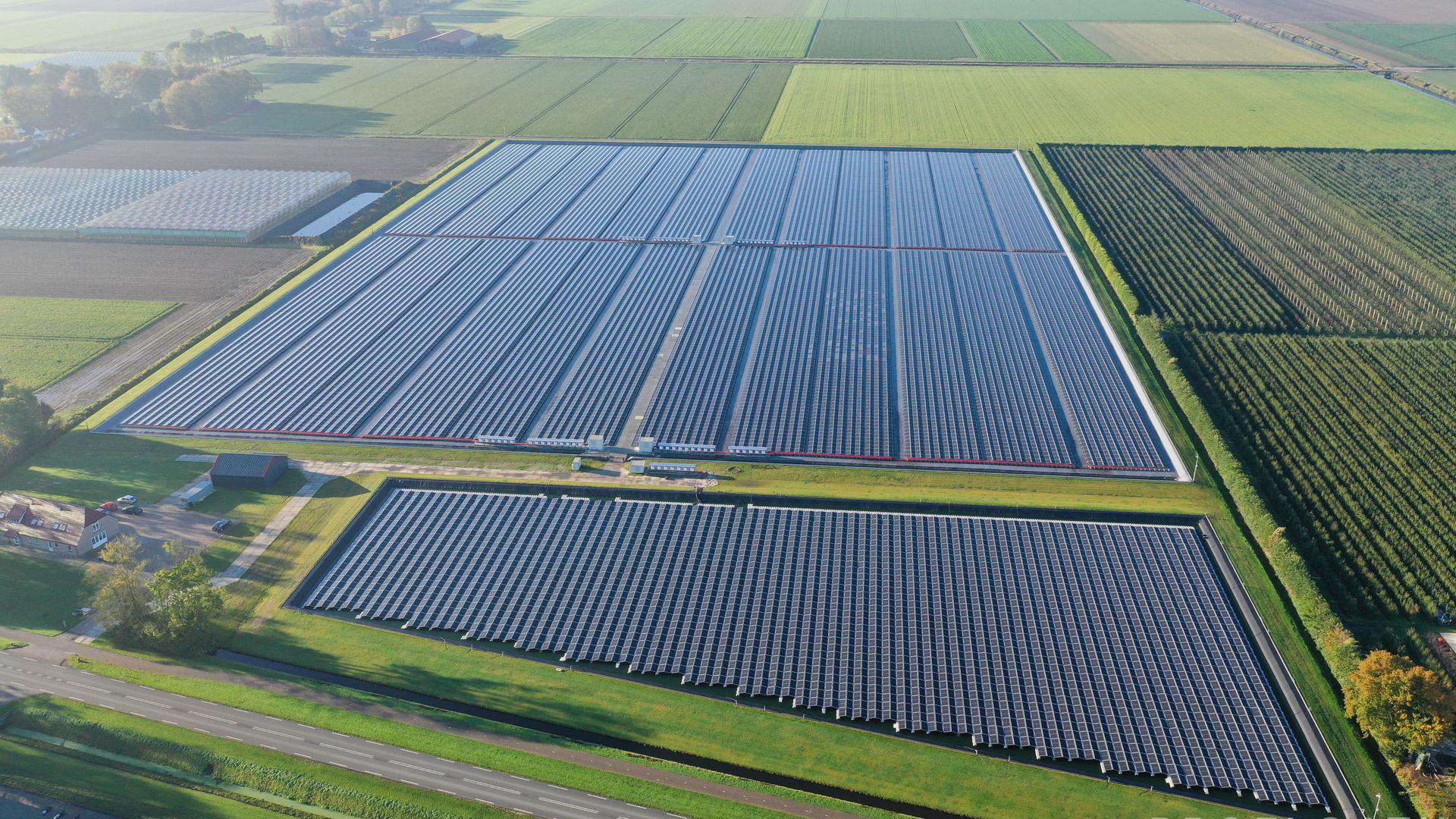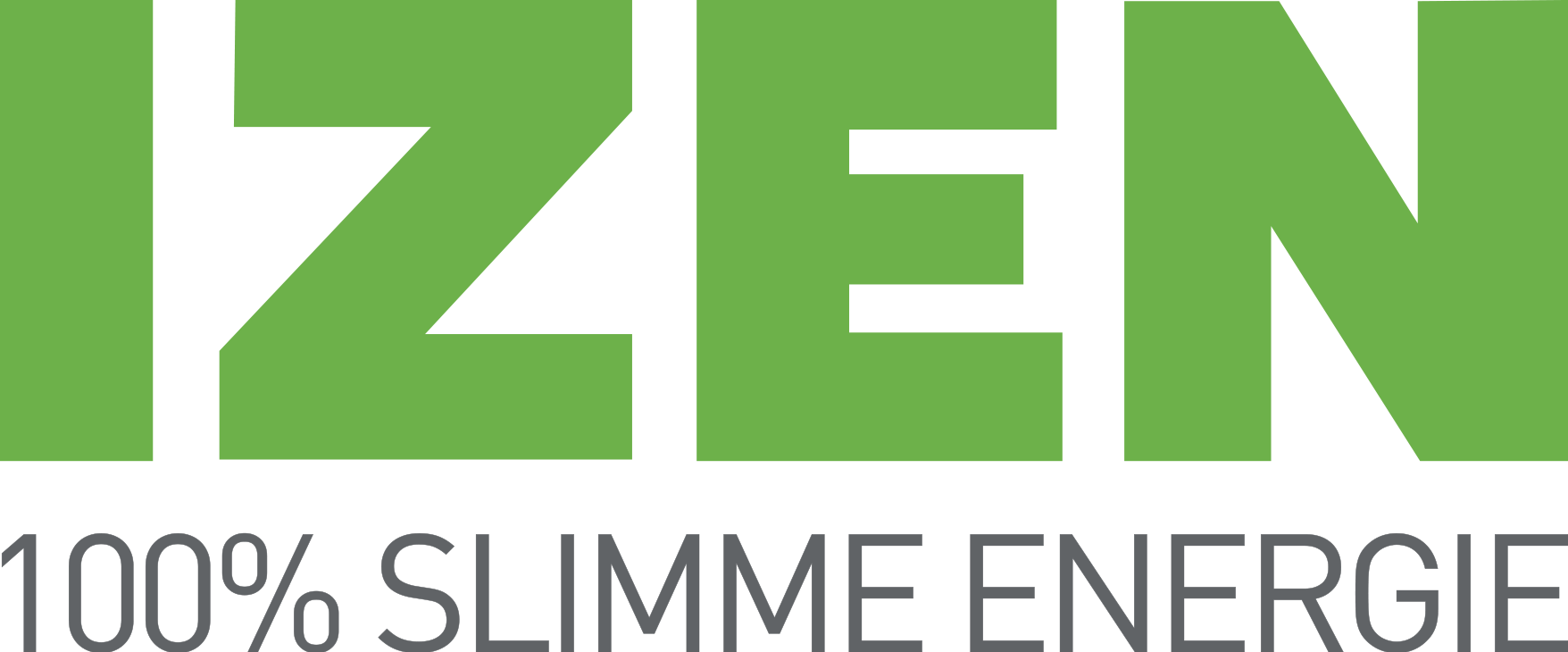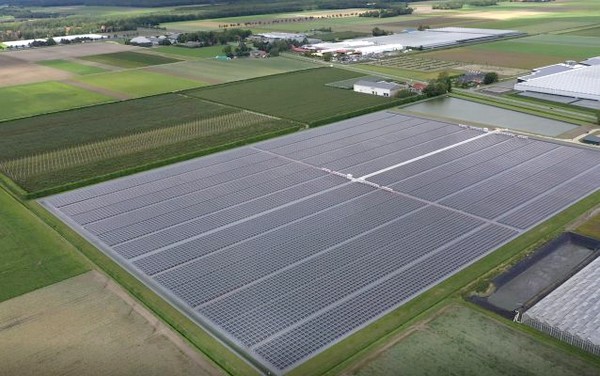- en
- nl
Bernhard

Total Power Solar Park
13MWp
Total Power Floating Solar
1.8MWp
Location
Luttelgeest - NL
Floating Solar Park, Solar Parks
Nederland
Bernhard
Electricity and water
The forty thousand IZEN solar panels on the Bernhard land have a dual function. They produce much-needed energy for heat and light in the greenhouses, but they also collect the rainwater. “It rains a lot in the Netherlands, of course we use as much as possible of what nature gives us. The water we collect is purified again after irrigation. The circular water system means that you are constantly stirring in your own soup, so the water you add must therefore be of excellent quality,” he says. “If the supposedly purified water contains too much lime or undesirable salts, the soup gets the wrong taste for the plants. No bother!”
Bye bye natural gas
“For our transition to sustainable energy, we consumed about 15 million m3 of natural gas per year. The gas generators generated the power, and the residual heat from the generators entered the greenhouse.”In the Netherlands, the use of natural gas has come under enormous pressure in recent years, he says. “There is the problem of landslides due to the extraction of the gas, but it is also no fun to depend on, say, a Trump or Putin for your energy. Sustainability has become an important part of our business operations, and it is increasingly becoming a customer’s wish. It means added value if you can say that your flowers and plants are energy neutral. Or almost.”
Local for local
“We feel the competition with the African companies. The wage cost there is barely 2 euros per day! Even with the transport costs included, that is a tough competition. The environment requires different insights and a different way of trading, Bram knows. “That is precisely why we want to distribute locally: local for local with a good footprint. Bram winks. “But by local I also mean Europe, for clarity.”
Solar panels and geothermal energy: combine to produce
The company also uses geothermal or geothermal energy. This is also local, sustainable heat from the ground, useful for heating houses, greenhouses and industry. The naturally present warm water is pumped up from the substrate, which then extracts the heat. “The future of energy lies in combining different natural resources,” says Bram. “The combination and car regulation is important. I like to decide how I coordinate the energy supplies in function of the highest efficiency.” Whether he would like to go completely off the grid with the company does not matter to Bernhard. “On the contrary, I think it is important that we can include a role in the stabilization of the energy grid.”
Floating solar installations
The company has about two hectares of water basins. “It is super important that there are no algae in that water. Normally we use large cloths to protect the water for this. If you place floating solar panels on it, we will again combine some elements in a progressive way to make sustainability.” Bram smiles. “That double use, that makes our project a bit finished, doesn’t it?”


